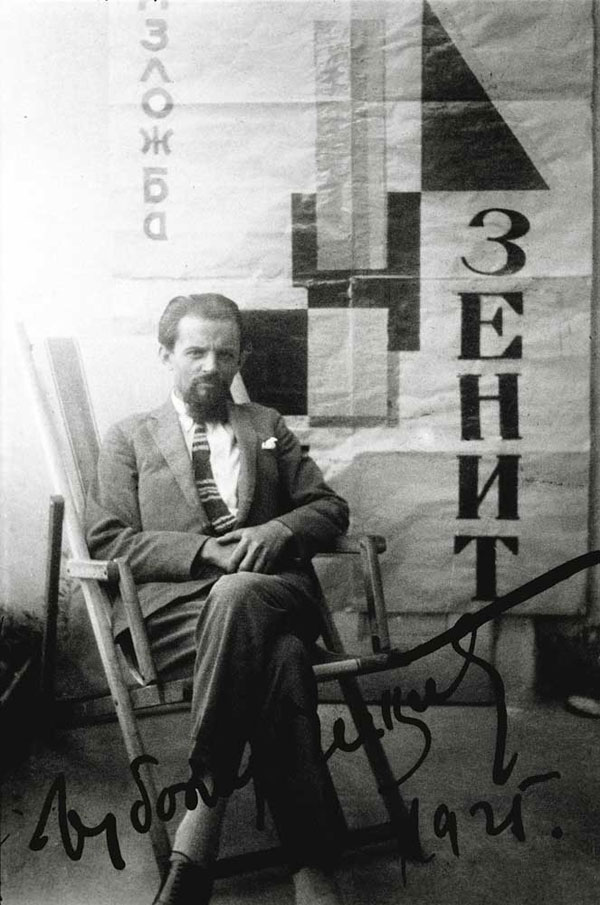 "In February 1921, in Zagreb, the poet Ljubomir Micić launched Zenit, an international magazine for art and culture, as it said in the subtitle; around its zenitist poetics and aesthetics, the magazine gathered representatives of all branches of art, both in the narrow and a broader meaning of the term – of poetry, literature, fine arts, theatre, film, architecture, music – from Yugoslavia, Russia and the West. A total of 43 issues were published, containing contributions in various languages (Ivan Goll’s “The Zenitist Manifesto” was printed in German). After being published regularly for over two years, and after switching the editorial office from Zagreb to Belgrade (the last Zagreb issue, no. 24, was published in May 1923), Zenit was published irregularly, occasionally coming out in the form of a multiple issue (Zenit no. 26-33 was published as an eightfold issue). Apart from the irregularity of its publication, it was characterised by changes of format and changes in outlook in terms of pictural-graphic design.
"In February 1921, in Zagreb, the poet Ljubomir Micić launched Zenit, an international magazine for art and culture, as it said in the subtitle; around its zenitist poetics and aesthetics, the magazine gathered representatives of all branches of art, both in the narrow and a broader meaning of the term – of poetry, literature, fine arts, theatre, film, architecture, music – from Yugoslavia, Russia and the West. A total of 43 issues were published, containing contributions in various languages (Ivan Goll’s “The Zenitist Manifesto” was printed in German). After being published regularly for over two years, and after switching the editorial office from Zagreb to Belgrade (the last Zagreb issue, no. 24, was published in May 1923), Zenit was published irregularly, occasionally coming out in the form of a multiple issue (Zenit no. 26-33 was published as an eightfold issue). Apart from the irregularity of its publication, it was characterised by changes of format and changes in outlook in terms of pictural-graphic design.Zenit was launched at a watershed cultural, political and historical moment: it was preceded by events such as the First World War and all its consequences, the October Revolution (its echo is felt in Branko Ve Poljanski’s “October Manifesto”, published in his authorial periodical Svetokret [Worldturn] in 1921, wherein the author draws a line from the Universe – the turning of the Earth around its axis in cosmos – to the inner, subjective revolution of the spirit), the establishment of a common state, made up of three peoples, separated until then by their immanent processes of national development, and the post-war Europe as a scene where various avant-garde groups and movements pursued their activities. Apart from this, Zenit may be viewed as a dialectical moment of provocation and a turning point in connection with the aesthetisation of the Balkans and its culture, which, until then, had not participated in the artistic and historical events of Europe on an equal footing. These external factors left their mark on the initial programme concept of the periodical, mediated through the most general of slogans about the negation of the war and the building of an international brotherhood of artists, along with a radical calling into question of the “sentry/border guard-like” and the “soldier-like” destiny of the Yugoslav people and arguing in favour of creating a new man and a new art." -Irina Subotić, from the National Library of Serbia

No. 4 - May 1921
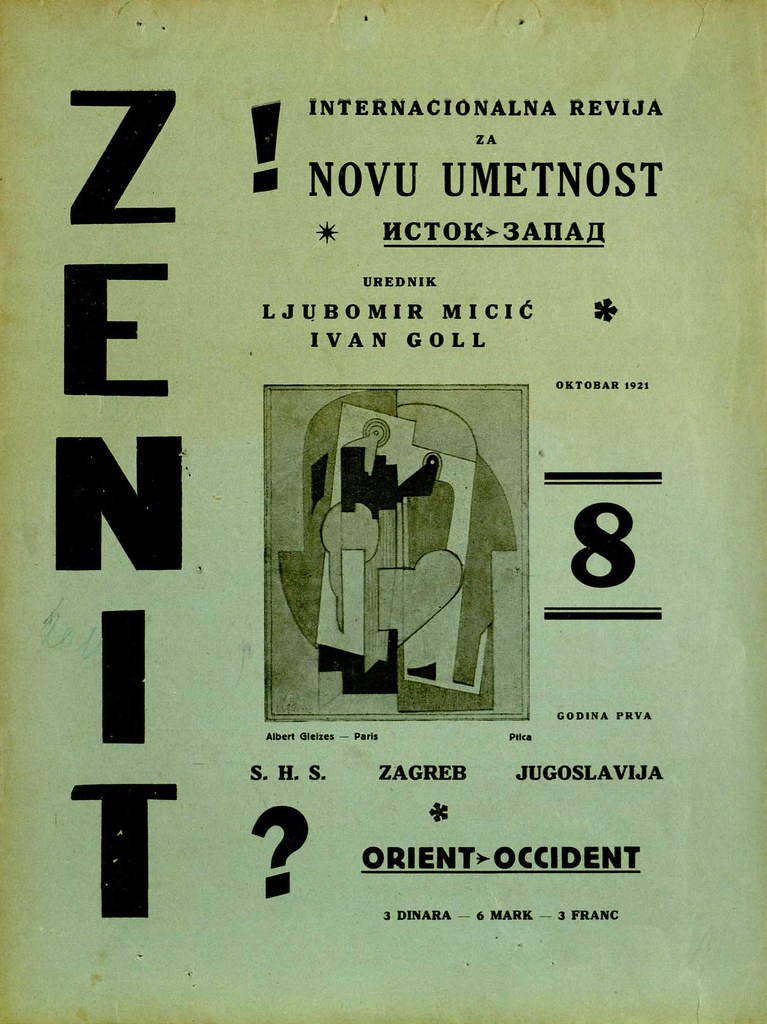
No. 8 - October 1921
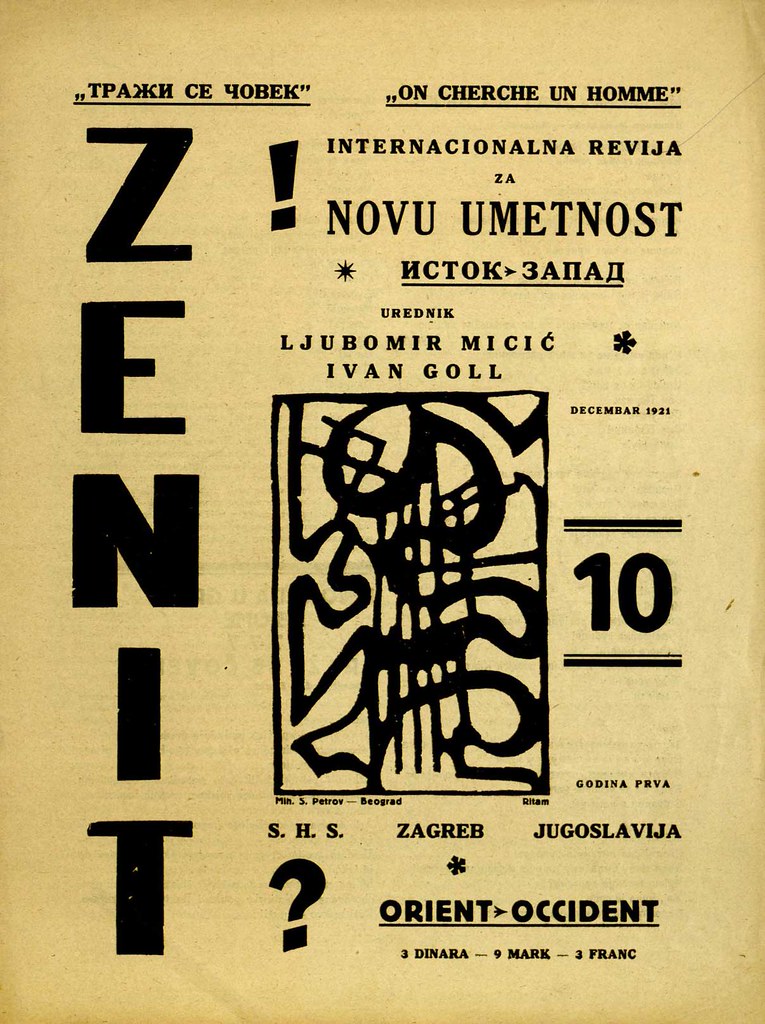
No. 10 - December 1921
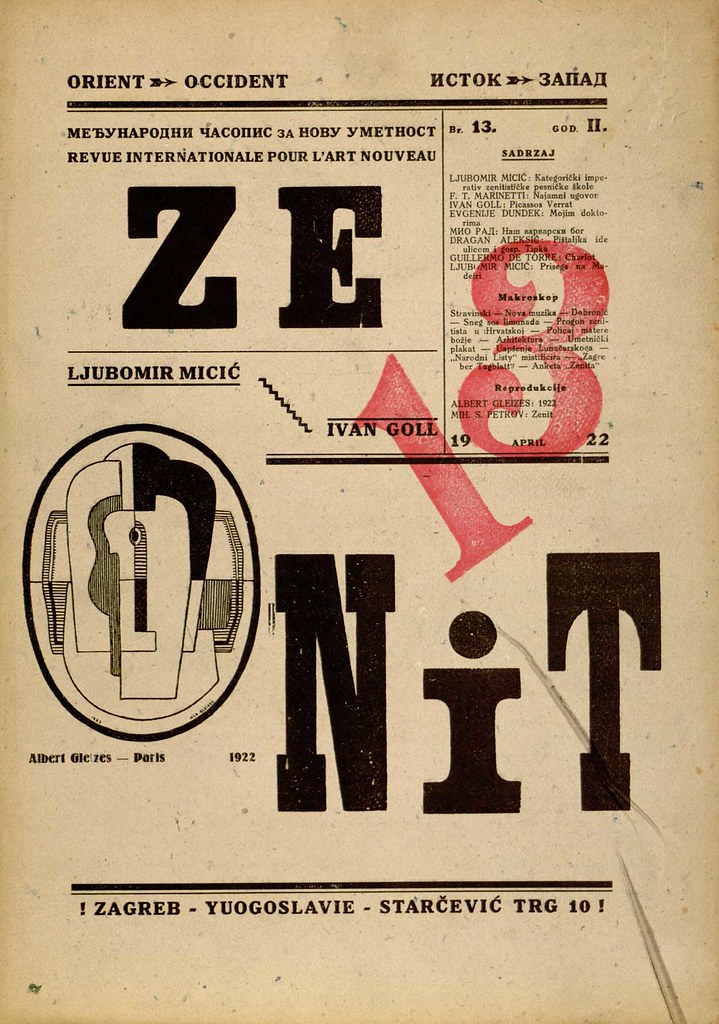
No. 13 - April 1922

No. 15 - June 1922
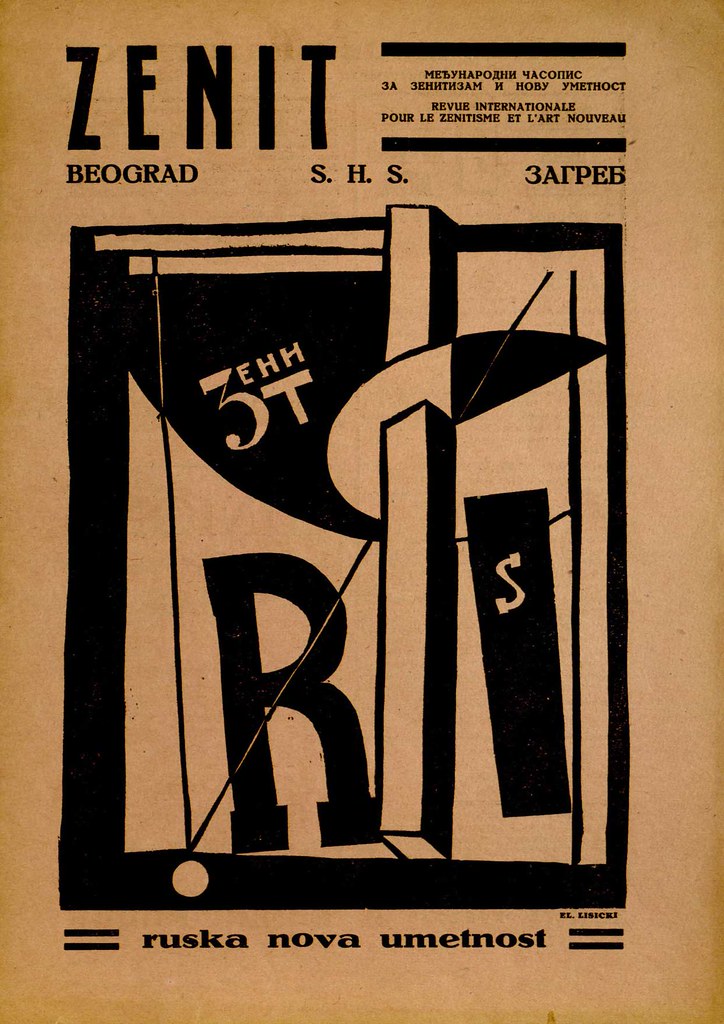
No. 17-18. - September-October 1922

No. 19-20. - November-December 1922
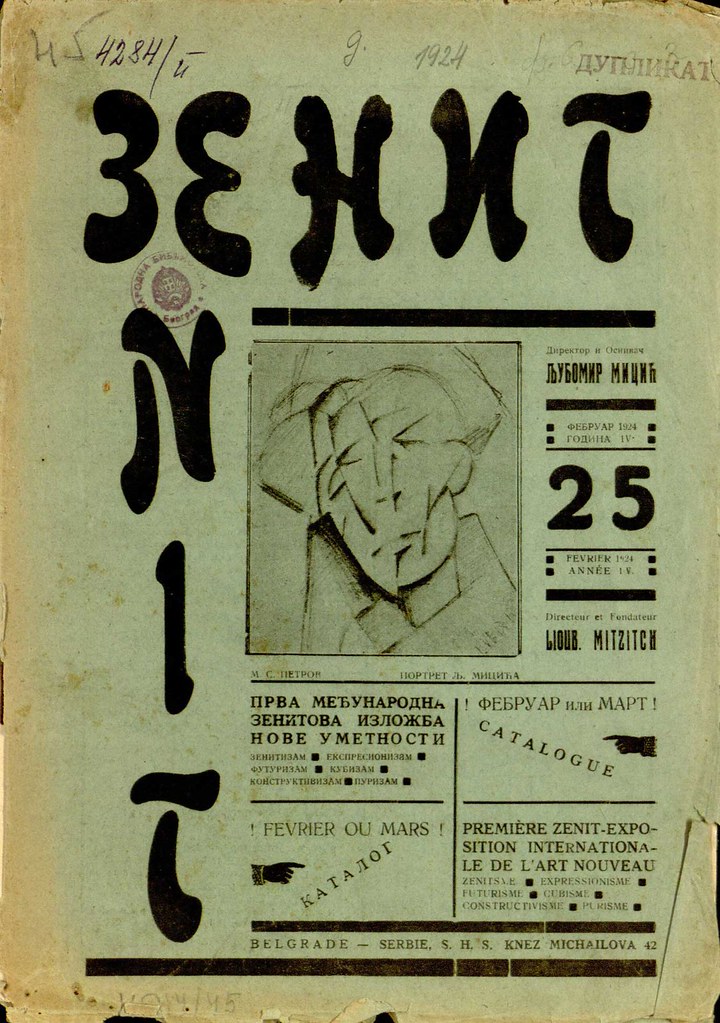
No. 25 - February 1924

No. 36 - October 1925
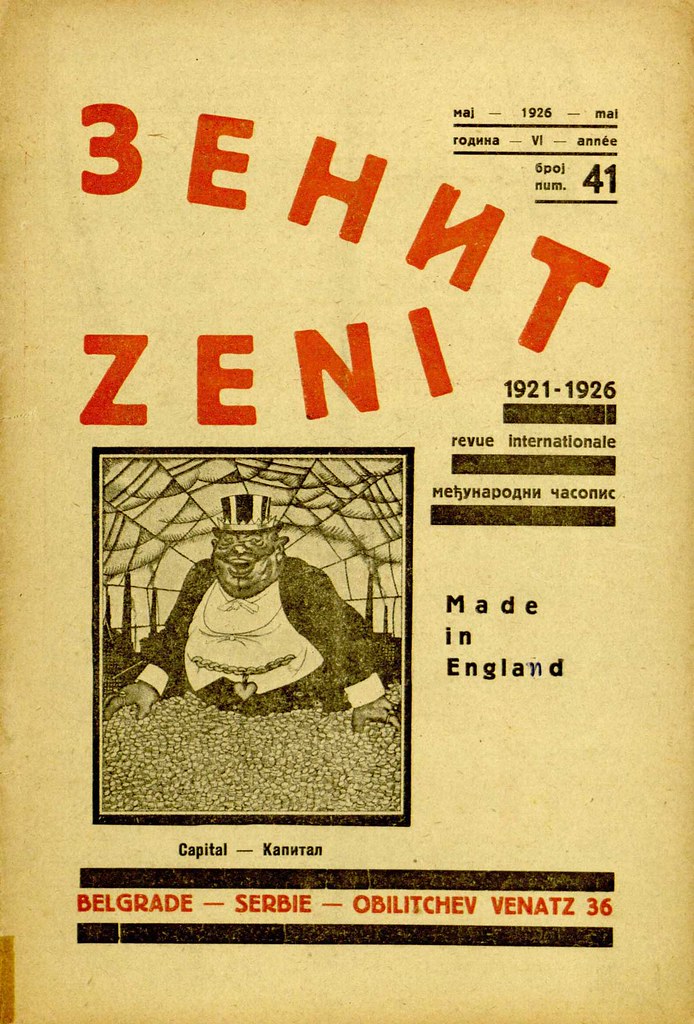
No. 41 - May 1926
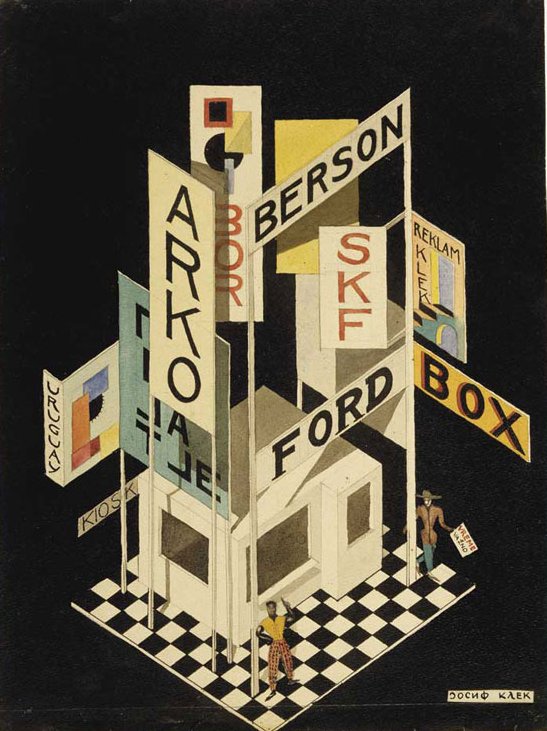
Jo Klek, advertising, ink, watercolor, 1923.

Jo Klek - collage, Zenit no. 26-33, 1924. 26-33, 1924.
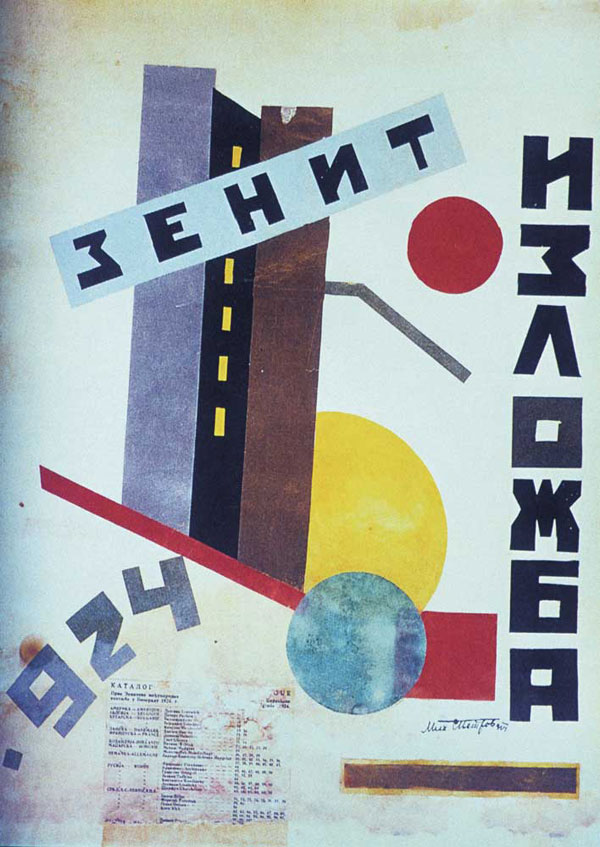
Michael S. Petrov, Poster for the first Zenitovu international exhibitions, kolađ, 1924.
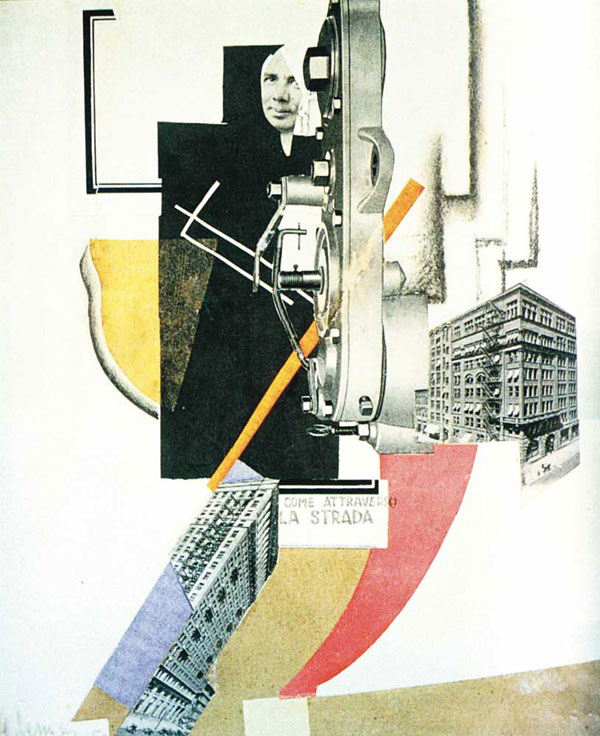
August Černigoj, come attraverso La Strada, collage, 1925.
-
everything above comes from the National Serbian Library's Digital Collection [link]





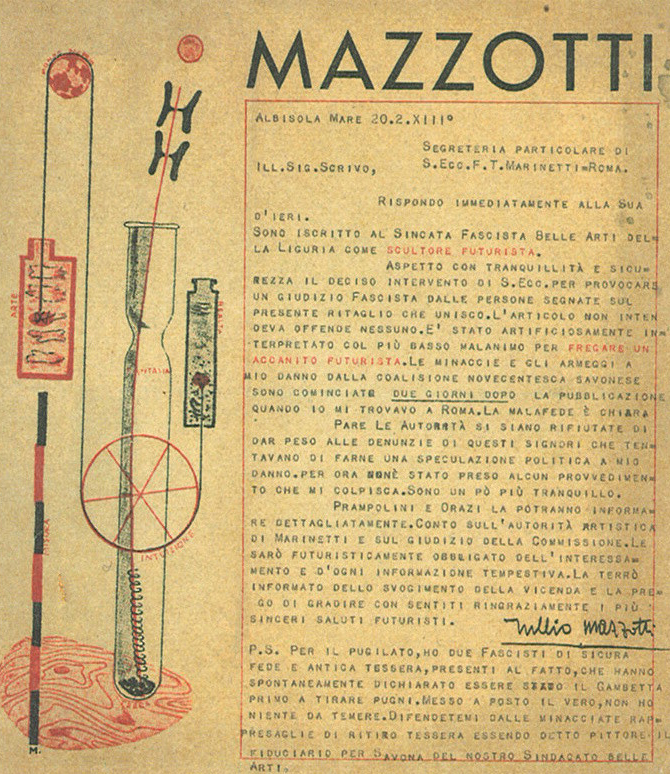
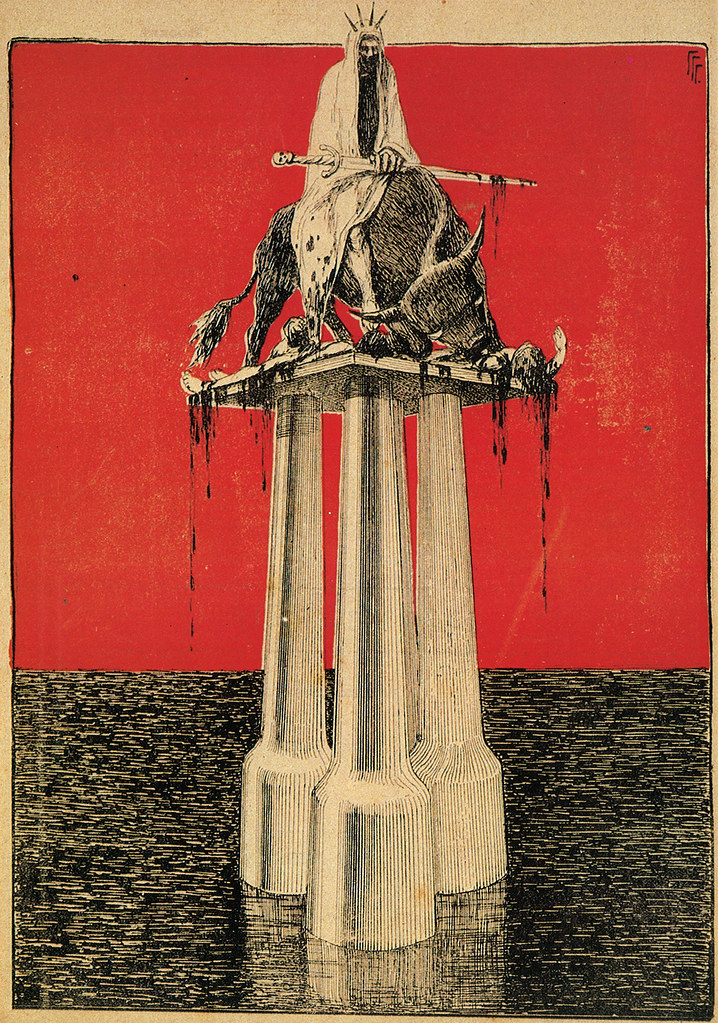





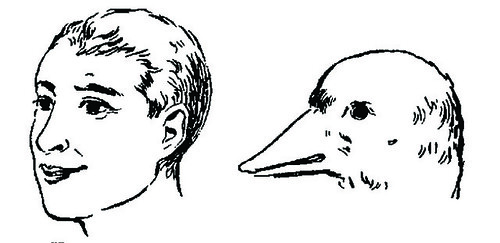
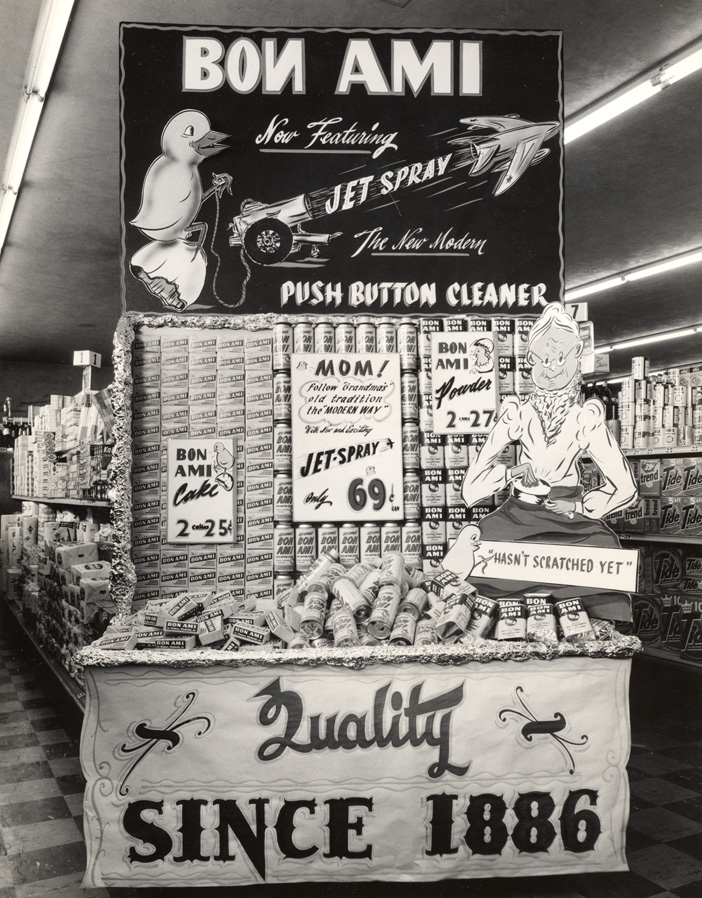
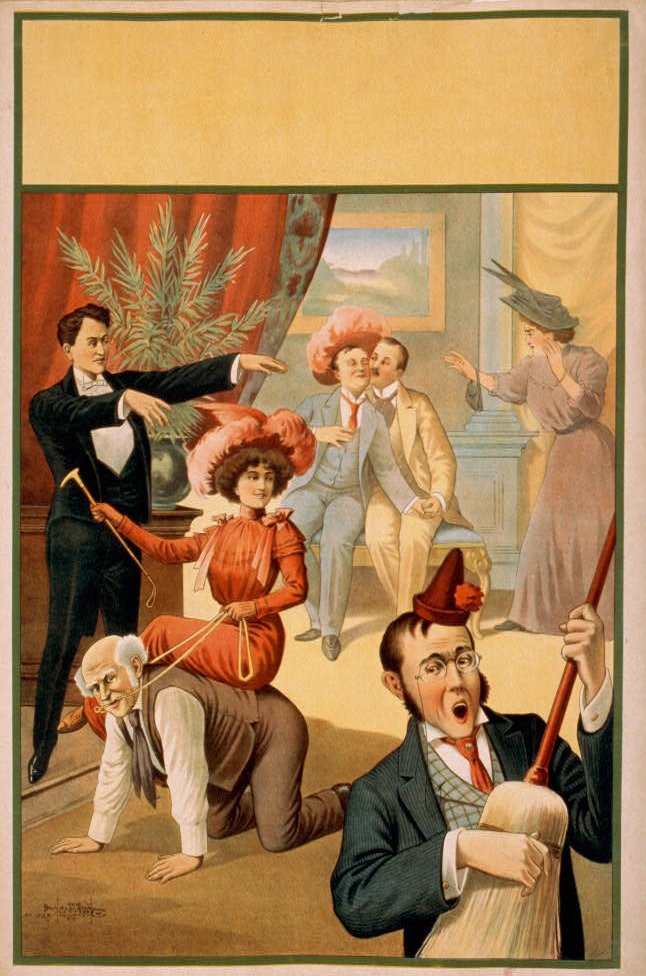

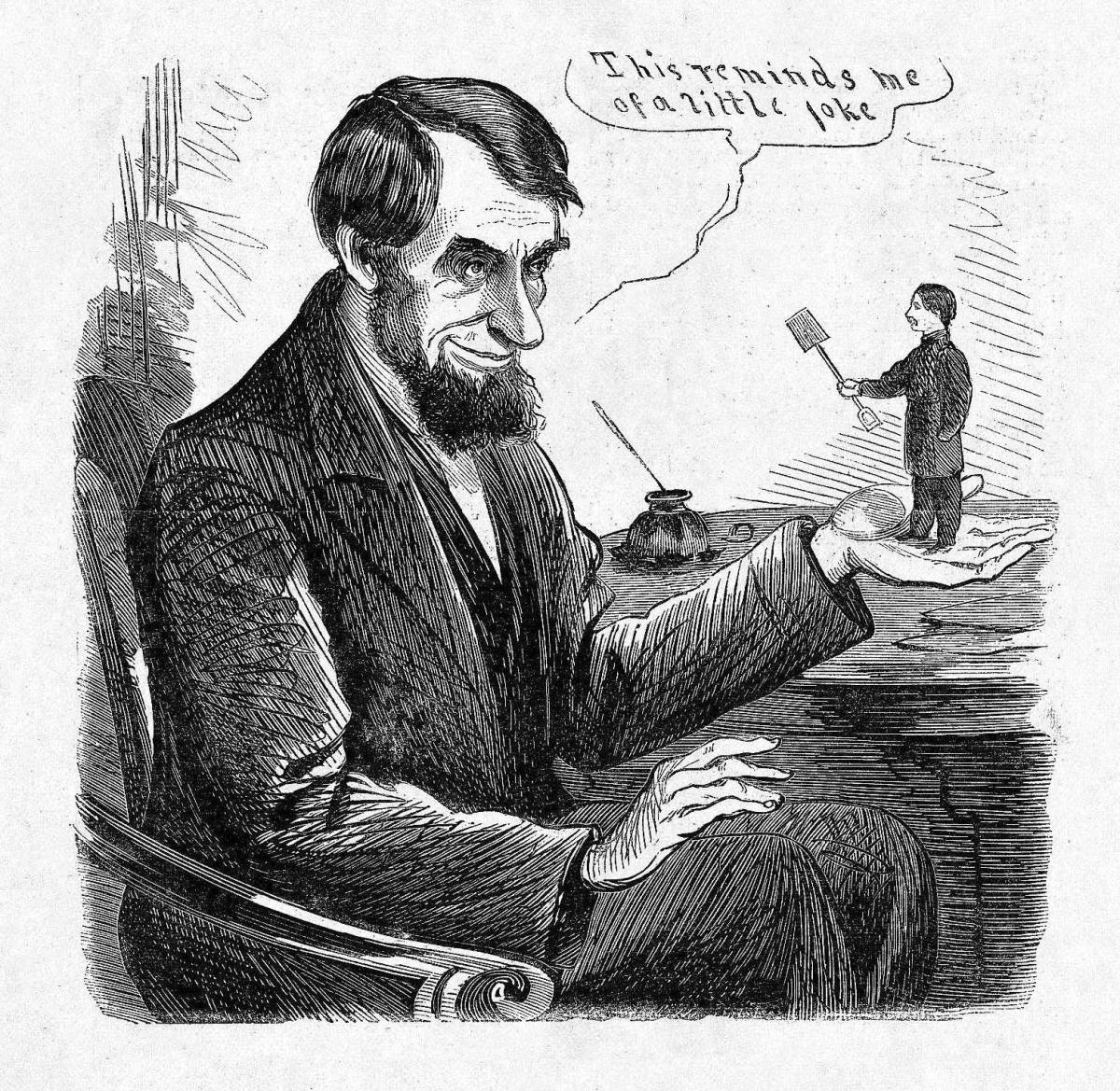

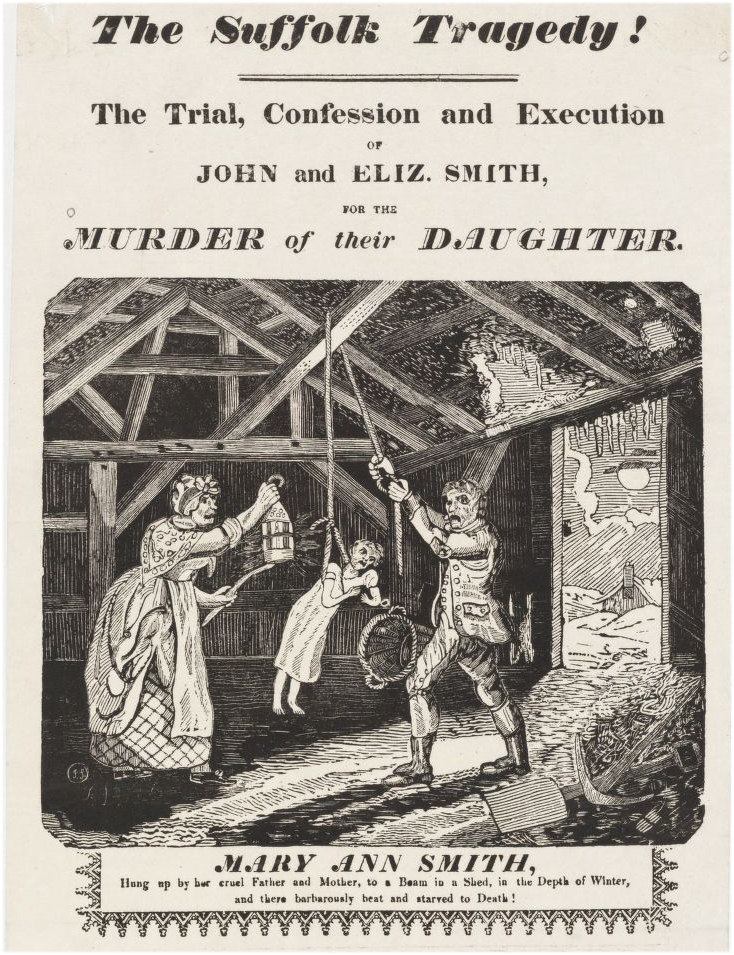
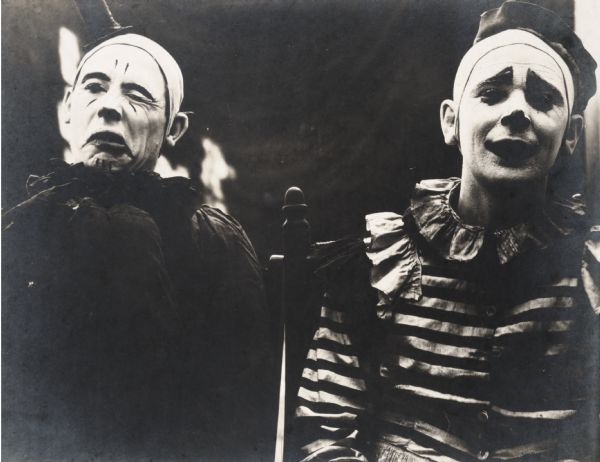
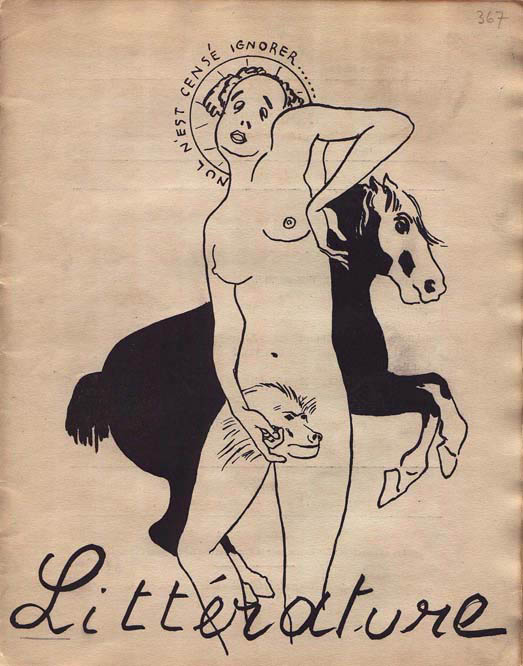
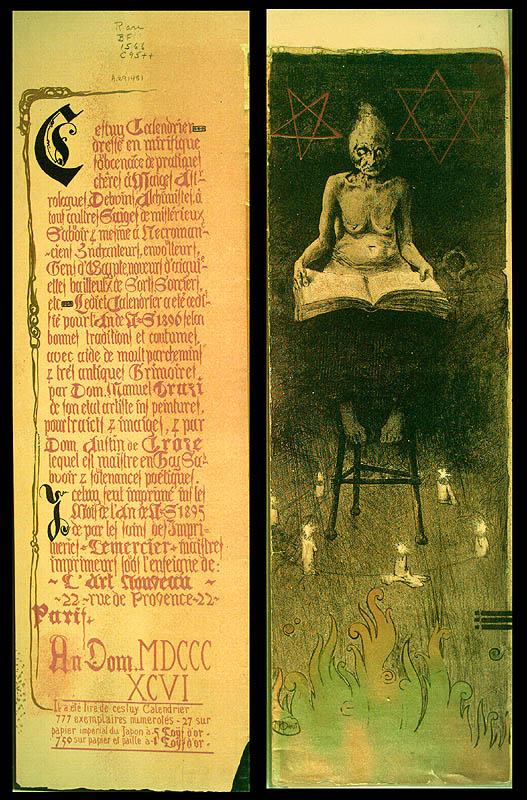


5 comments:
thank you so much for this post and the link -i wasn't aware that Zenit could be found online,and i'm always searching for new sources for serbian dada and surrealism;]
best from Belgrade,Serbia
Biljana
Fantastic!
What is surprising to me is that these cover designs are over 80 years old.
thanks for sharing this link and info!
I was so happy when I found out that our national library has put these online... and the happiness repeated when I saw that it was featured here!
I have always thought their design was deserving of international attention and recognition.
Post a Comment